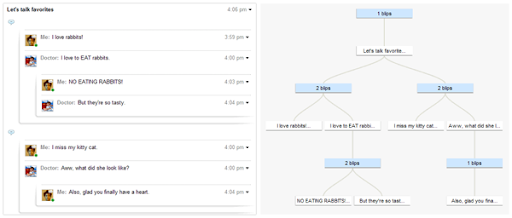Introducing Apache Wave
Monday, December 6, 2010 | 4:03 PM
Labels: Wave Developer Blog
One of the best outcomes from November's Wave Protocol Summit was a proposal for Wave to enter the Apache Software Foundation's incubator program. Apache has a fantastic reputation for fostering healthy open source communities that create great software. Last week, that proposal was accepted, and we're spinning up the project infrastructure so that the community can continue to grow in the Apache way.
During the summit, it became quite clear that there is a healthy community of startups, independent developers, and industry partners enthusiastic to continue development of the Wave Federation protocols and Wave in a Box product. We've posted videos of the technical talks and demos presented throughout the summit so that those who couldn't make it to San Francisco needn't miss out.
The final days of the summit were dedicated to technical design and coding. Progress since then includes significant improvements to the wave panel, visual enhancements to the login pages, gadgets hooked up and working, improved development set-up and documentation, and a draft HTTP transport for wave federation.
In recognition of this work, we're proud to announce that the open source project leadership is expanding to include a number of new committers from outside Google: Tad Glines, Michael McFadden (Solute), James Purser, Ian Roughley (Novell), Anthony Watkins (SESI), and Torben Weis (University Duisburg-Essen). They are joining graduated Google interns Joseph Gentle and Lennard de Rijk as trusted contributors who have demonstrated high quality code and valuable design insight.
The creation of Apache Wave will serve to accelerate the growth of the existing community with strong open source processes. If you'd like to get involved, please join the Apache Wave mailing list (send an email to wave-dev-subscribe@incubator.apache.org). We're looking forward to working with you.



